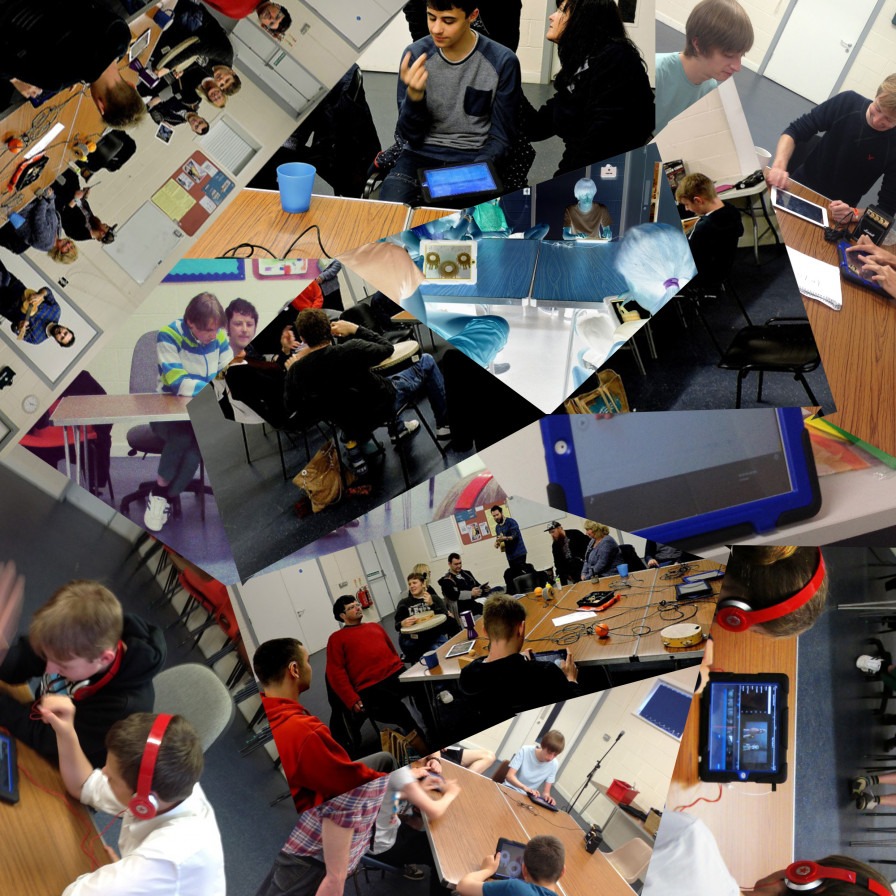Picking a partner

As we near the end of our Equaliser project, we have been assessing the successes, challenges and points of learning throughout the two years of delivery. At Musical Keys we do most of our work within the community; developing bespoke projects where there is an identified need and demand, typically working with under-represented and vulnerable groups. Working remotely and not from our own base means we depend on the skills and expertise of partner organisation and groups, and the success of a project relies partly on the strength of the partnership.
Through our experience with Equaliser, and throughout many years working with dozens of partners, here are our thoughts on achieving a successful partnership, specifically within the field of Disability Arts.
The meaning of partnership
The dictionary definition suggests a partnership is ‘the state or condition of being a partner; participant; association; joint interest’. In selecting potential project partners it is not essential to find an organisation similar to yours (and often it is beneficial to find an organisation UNLIKE your own, see point three) but there must be joint interest in achieving a shared vision or objective. If different partners have conflicting agendas when entering a project then the project becomes vulnerable and the relationship may become challenging.
A shared vision
There is a lot of preparatory work in developing a partnership and a lot of time spent in getting things in place to start your project but ensure to spend some time thinking about what you want to the project to look like at the end. The project will need to respond to unexpected changes (as is often the case) but thinking about how each partner sees views the completion of the project will help focus the early stages of development. Do you want to bring about change; is your project research based or does it need to be a longer-term offer; might the needs of the people you are working with change as the project progresses etc.
Expectations from each party (and do what you do best)
With any working relationship, it is important to establish what you and your partners will do, and what their expectations of you are, from the very beginning. For example, if you are relying on referrals from a partner organisation, ensure they are able to provide this and have the necessary procedures in place. If your organisation has specific strengths aside from the main purpose of the project (design, marketing, data management etc) then it might make sense to take responsibility of those tasks. Conversely, don't feel like you need to take on things you are not used to doing if another organisation already does it well.
Support
As well as looking at the things you and your organisation are good at, focus on the things that you are not so good or experienced at, or need support with to make the project a success. Alongside organisational and administrative support, your service users might also require additional support that you cannot provide. As well as looking at gaps in skills and experience, explore tasks that might be enhanced through collaboration and pooling resources, such as marketing, data management, communications, recruitment etc.
The voice of the participant/service user
Whether your project is delivering a product or service, you will need to ensure that the service users accessing the service or using the product are, at the very least, consulted throughout its creation and development. Think about the most appropriate and effective way to involve the service user. If you are working with vulnerable groups or those with communication difficulties, learn what changes or adaptations need to be made to ensure their needs are being met and they are receiving the product or service they want.
In our experience, the vast majority of community organisations and groups have an excellent relationship with their service users and so building in a consultative function within a pre-existing relationship is the most effective way to capture the voice of the participant.
Planning for the future
Your project might have an exit point, in which case the future of your project is that service users have moved successfully from A-B and the need for the service is no longer there. For the majority of our projects however - working with people with disabilities and additional needs - the need for some sort of service continues throughout a person’s life but the needs, interests and abilities of that person might change over time. The desired outcomes of any given project will be unique but don’t fail to realise any potential routes of progression, other services to signpost to, or perhaps that the demand will still be there and so you will require funding to sustain the project into the future.
Partnerships are great when you are trying to meet a range of needs in an era of tight budgets but be prepared to put in the work to get them right.

